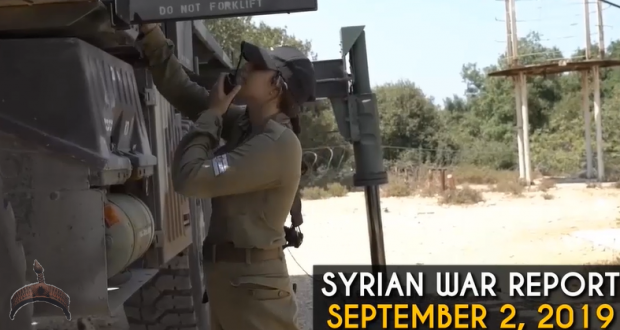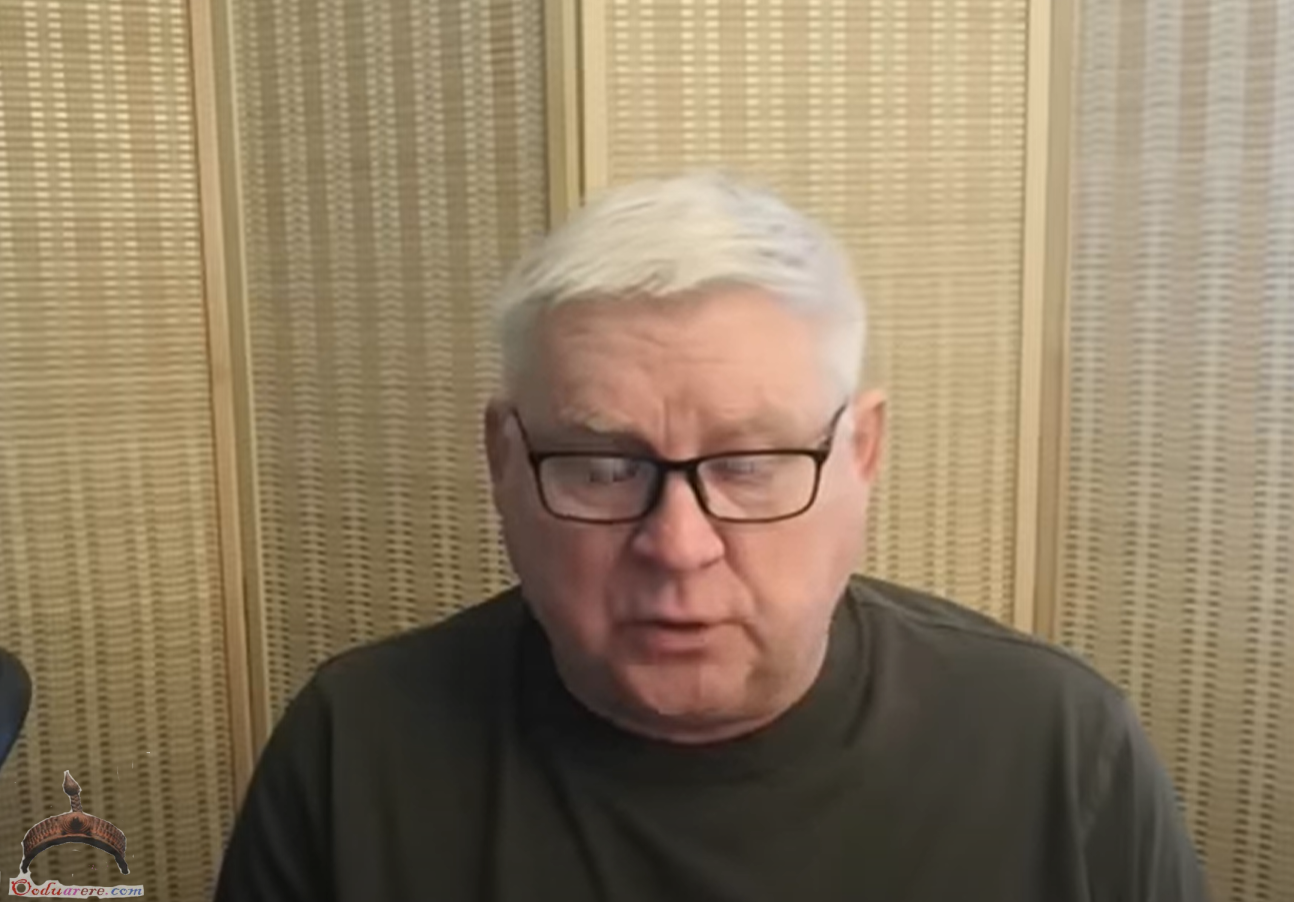A large-scale escalation has taken place on the contact line between Israeli forces and Hezbollah in southern Lebanon.
On September 1, the Israeli military launched several shells at unidentified targets in Shebaa Farms, located in the Israeli-occupied area. An Israeli drone also dropped several incendiary grenades at Bestrah in the Lebanese-controlled part of Shebaa Farms.
In response to these attacks, Hezbollah destroyed an Israeli military vehicle near the Avivim military post in Upper Galilee with an anti-tank guided missile. The Lebanese group said that the attack was carried out by a unit named after Hassan al-Zabib and Yasser Dahir, two of the group’s fighters who were killed in Israeli airstrikes on the Syrian capital of Damascus in August.
Hezbollah said that several Israeli soldiers were killed or injured in the attack. However, Israel denies these claims.
In their turn, Tel Aviv forces launched over 100 artillery shells and employed helicopters to attack southern Lebanon.
The escalation on the contact line is the logical continuation of the previous aggressive Israeli actions in the region, including attacks on Beirut and Damascus. Experts say that the current Israeli political leadership is intentionally escalating the situation in order to gain the upper hand in the upcoming parliamentary election.
On August 31, a new ceasefire entered force in Syria’s Greater Idlib marking another attempt of the participants of the Astana format (involving Syria, Turkey, Iran and Russia) to de-escalate the situation in northwestern Syria via diplomatic measures.
The one-sided ceasefire was announced by the Russian Defense Ministry on August 30 and confirmed by the Syrian Armed Forces on August 31. However, the Syrian military said that the Syrian Arab Army (SAA) would use its right to retaliate to any ceasefire violation by terrorists.
Earlier in August, Hayat Tahrir al-Sham and other radical groups rejected a similar ceasefire and immediately started violating it. This led to the resumption of the SAA advance in northern Hama and southern Idlib and to the liberation of Khan Shaykhun.
According to local sources, the new round of the ceasefire in the southern part of the Idlib de-escalation zone is not expected to last long. The main reason is the behavior of the so-called opposition. Immediately, after the start of the ceasefire, Hayat Tahrir al-Sham shot down a Syrian unmanned aerial vehicle monitoring the ceasefire regime.
On September 1, Syrian newspaper al-Watan reported that Hay’at Tahrir al-Sham and its so-called Salvation Government in Greater Idlib could be soon dissolved as part of the Russian-Turkish agreement on the Idlib zone. According to the report, the terrorist group is now involved in talks with the Turkish-backed National Front for Liberation with the mediation of Turkish-backed Faylaq al-Sham. Nonetheless, even if Hayat Tahrir al-Sham officially dissolves, the terrorist threat in Idlib will not be removed because all of its commanders and members remain in the area.
On August 31, at least 7 SAA soldiers were injured in an improvised explosive device explosion which hit their bus in the area between Eastern Ghariyah and al-Karak in eastern Daraa. Pro-government activists said that ISIS cells in southern Syria were likely behind the attack. On July 17, 5 SAA soldiers were killed and several others were injured in a similar attack near the town of al-Yadudah in western Daraa.
As the main point of tensions moved to Greater Idlib, cells of ISIS and other radical groups have taken advantage of a decrease in the scale of anti-terrorist operations in southern Syria to increase their own activity in the region.
 Ọmọ Oòduà Naija Gist | News From Nigeria | Entertainment gist Nigeria|Networking|News.. Visit for Nigeria breaking news , Nigerian Movies , Naija music , Jobs In Nigeria , Naija News , Nollywood, Gist and more
Ọmọ Oòduà Naija Gist | News From Nigeria | Entertainment gist Nigeria|Networking|News.. Visit for Nigeria breaking news , Nigerian Movies , Naija music , Jobs In Nigeria , Naija News , Nollywood, Gist and more








